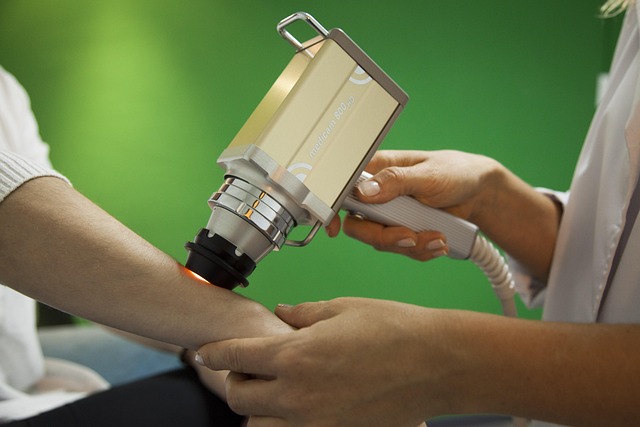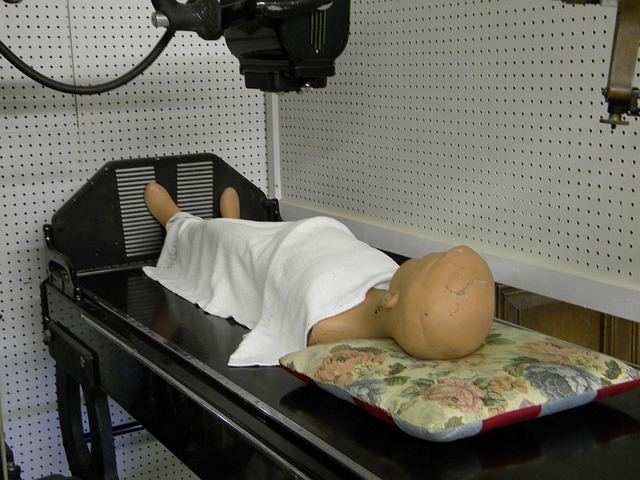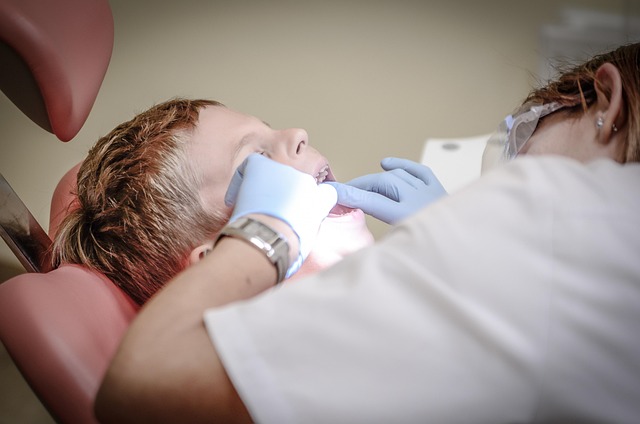After a car accident, immediate medical care is crucial, but focusing on long-term chiropractic rehabilitation is essential for comprehensive ongoing injury care. This holistic approach addresses spinal misalignments and soft tissue damage through adjustments, massage, exercise, and education. Regular check-ups manage chronic conditions, improve mobility, reduce pain, and promote mental well-being, enhancing quality of life. Long-term chiropractic rehabilitation after car wrecks combines tailored techniques like manual adjustments and therapeutic exercises to restore natural spinal function, prevent future injuries, and enable individuals to regain independence in daily activities.
After a car accident, proper care beyond initial treatment is crucial. This article explores the significance of long-term chiropractic rehabilitation for ongoing injury care. We delve into how this holistic approach addresses systemic issues stemming from auto accidents, focusing on the spine as a central component. Understanding the benefits and strategies employed in spinal rehab can empower individuals to make informed decisions for their recovery journey.
- Understanding Long-Term Chiropractic Rehabilitation After Car Wrecks
- The Benefits of Spinal Rehab for Ongoing Injury Care
- Strategies and Techniques Employed in Spinal Rehabilitation Post-Accident Injuries
Understanding Long-Term Chiropractic Rehabilitation After Car Wrecks

After a car accident, individuals often seek immediate care for acute injuries. However, understanding the importance of long-term chiropractic rehabilitation is crucial for ongoing injury care. Many victims of car wrecks experience spinal misalignments and soft tissue damage that may not resolve with initial treatment alone. Long-term chiropractic rehabilitation focuses on addressing these underlying issues to promote healing and prevent future complications.
Chiropractic care after a car accident involves a comprehensive approach, including adjustments, massage therapy, exercise programs, and patient education. Chiropractors tailor treatment plans to address specific injuries, focusing on the spine and surrounding structures. Regular check-ups and adjustments can help maintain spinal health, reduce pain, and improve mobility over time. This ongoing care is particularly essential for those with chronic conditions or persistent symptoms, ensuring better long-term outcomes and quality of life.
The Benefits of Spinal Rehab for Ongoing Injury Care

Spinal rehab offers numerous benefits for individuals dealing with ongoing injuries, especially those resulting from car accidents. Beyond addressing acute pain symptoms, long-term chiropractic rehabilitation after car wrecks focuses on restoring and maintaining the body’s natural range of motion, strengthening supporting muscles, and improving overall spinal health. These strategies are key to preventing further damage and promoting lasting healing.
One of the significant advantages is its ability to enhance quality of life. By reducing pain, increasing mobility, and boosting strength, individuals can regain independence and participate in daily activities without restriction. Moreover, regular sessions promote mental well-being by reducing stress and anxiety associated with chronic pain, fostering a more positive outlook and improved overall functionality.
Strategies and Techniques Employed in Spinal Rehabilitation Post-Accident Injuries

Spinal rehab plays a pivotal role in managing and recovering from post-accident injuries, especially after car wrecks. The strategies employed aim to alleviate pain, restore mobility, and prevent future complications. Chiropractors utilize various techniques tailored to individual needs, focusing on manual adjustments, therapeutic exercises, and modalities like heat/ice therapy, electrical stimulation, and ultrasound. These methods help reduce inflammation, ease spasms, and improve spinal function.
The long-term chiropractic rehabilitation process involves progressive strengthening and stretching exercises to enhance flexibility and stability. Patients may also be guided through specific posture corrections and ergonomic advice to prevent re-injury in daily life. This holistic approach not only accelerates healing but also equips individuals with the tools needed for sustained wellness, ensuring better quality of life post-car wrecks.
In light of the above discussions, it’s clear that long-term chiropractic rehabilitation after car wrecks plays a pivotal role in managing ongoing injury care. By employing evidence-based strategies and techniques, spinal rehab offers significant benefits such as reduced pain, improved mobility, and enhanced quality of life. Understanding these processes is essential for folks navigating post-accident injuries, as it empowers them to actively participate in their healing journey and foster a more robust recovery.














